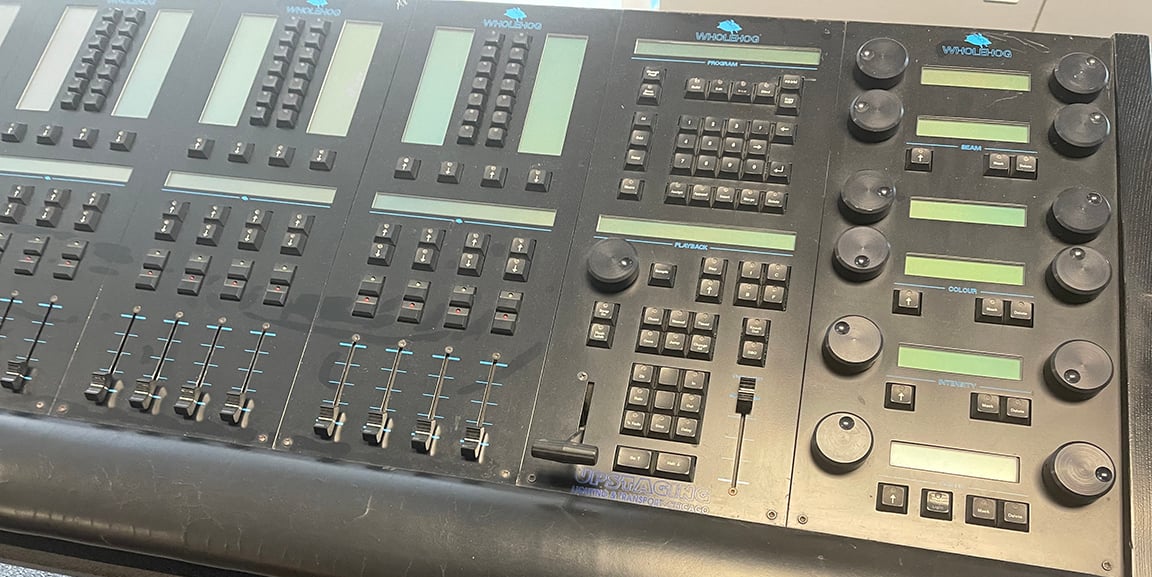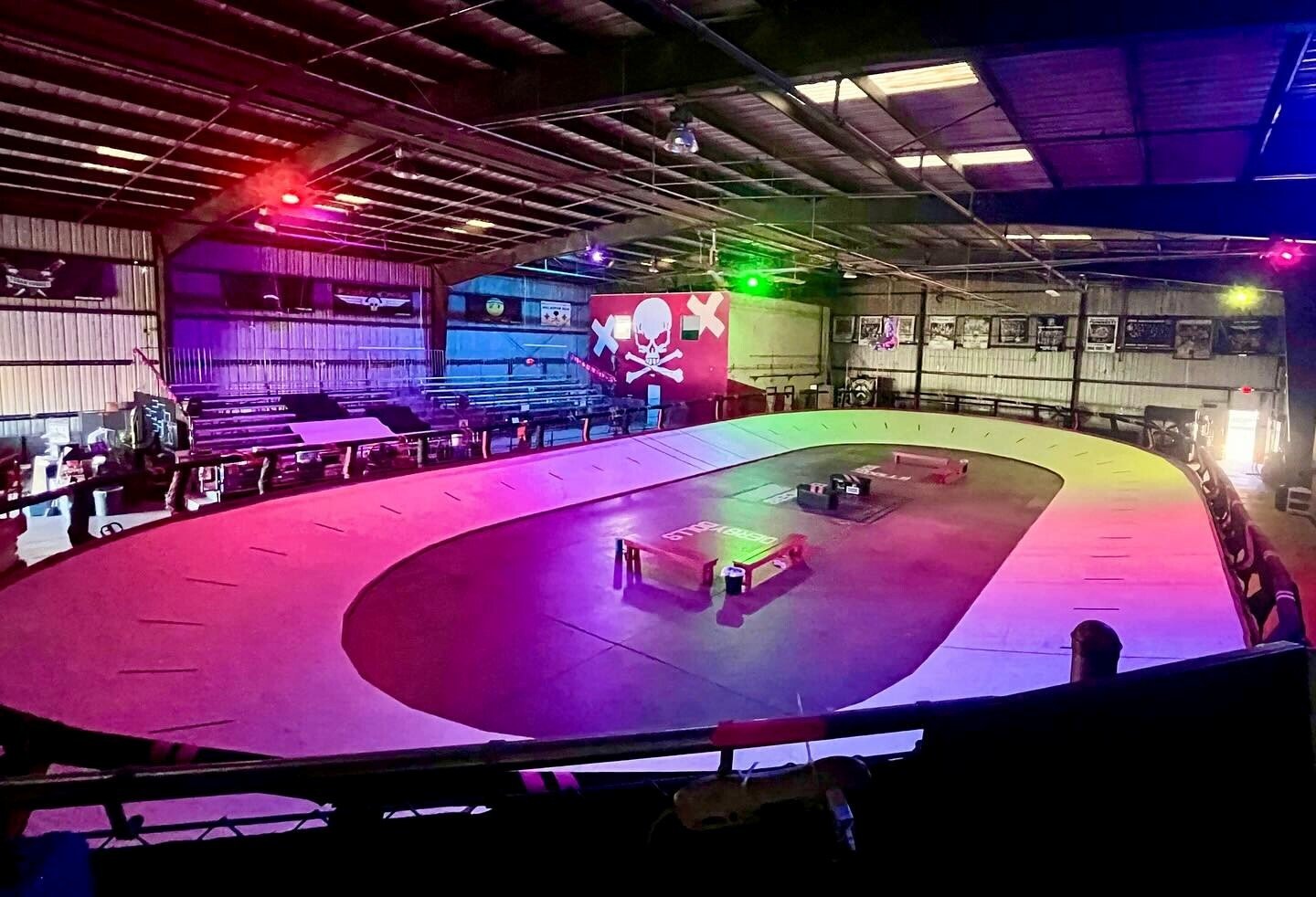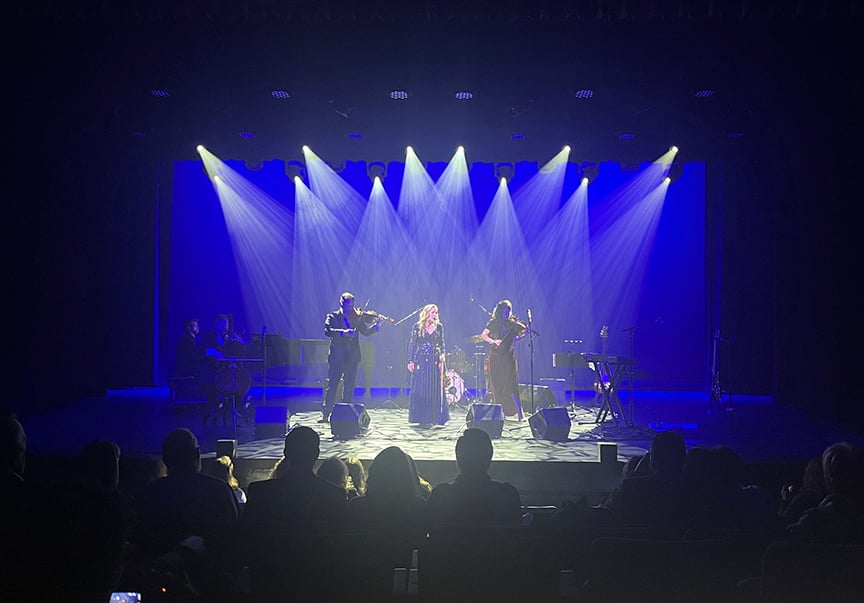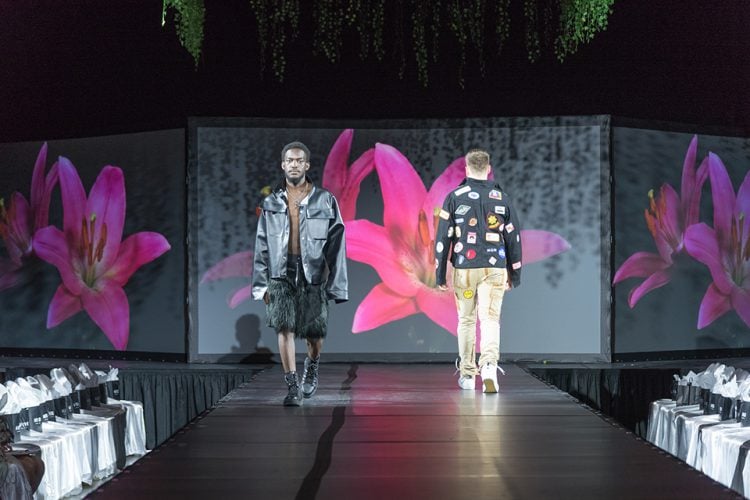As ETC prepares to build and ship a new generation of Hog hardware, here’s a nostalgic look back at how the story of Flying Pig Systems unfolded over 30 years ago, with three young men ultimately delivering a quantum leap and a radical shift in stage lighting control capabilities.
Setting The Stage
By the mid-1980s, automated lighting was coming of age, but rock shows still relied on Avolites, Celco or other control desks, designed to control conventional lighting and dimmers. Meanwhile, Vari-Lite held a firm grip on the moving light market - although Morpheus deserves some mention back in the day. Vari-Lite only rented their systems, and their Artisan control only ran Vari*Lites. At the same time, other lighting manufacturers worldwide such as Clay Paky and High End Systems were starting to produce nightclub and tour-worthy luminaires that operated from their own proprietary controllers. Ultimately, the larger tours started to balk about needing two consoles, operators, and technicians for their big shows. Why couldn't one console do it all?

Nils, Nick and Tom Enter The Scene
In 1992, a trio of innovators released a new computerized control system for entertainment lighting. Most amazingly, the console was created, from concept to completion, in less than one year! They named their company Flying Pig Systems, referring to the relative impossibility of their project's success, and the desk was dubbed 'The Wholehog', inferring that this is one control console that could 'do it all'. Introduced at the PLASA show in September 1992, the Wholehog totally stole the show, winning PLASA’s Lighting Product of the Year Award and setting the industry on fire. For the three partners – Nick Archdale, Nils Thorjussen and Tom Thorne, it was major vindication and well deserved triumph. The only problem was that they were broke, having spent all their seed money in developing the desk.
Archdale was a British lighting operator and engineering whiz kid whose experiences running newer moving lights on the rave scene led him to the concept for Wholehog. Thorne, a brilliant software engineer, had worked with Archdale on a previous desk, the DLD-6502. Thorjussen brought his acute business and marketing sense to the mix. Partially funded by Peter Miles and Tim Baylis of SpotCo, whom they shared space with in London, the Pigs went right back to work. The control system they invented ultimately offered a giant leap forward in lighting control.
Nils points out, “When we started Flying Pig Systems, it was a fairly straightforward problem that needing addressing at the start of the 1990s. Vari-Lite had the Artisan console, but there was no credible alternative for controlling the other moving lights that were starting to appear in the market. Hog 1 helped us figure things out, and Hog 2 is where we put it all together.”
In addition to handling the usual conventional dimmer channels and scrollers, the Wholehog's trump card was the ability to offer sophisticated control of this new breed of multiparameter moving lights via its Fixture Library and LTP+ priority system. The desk also introduced vital concepts such as LCD labeling of palettes and playbacks, graphical patch, MIDI and timecode control, and macros. These features enabled rapid programming of complex lighting scenes. The console also included the predecessor of the modern 'effects engine' so prevalent and still relied upon today by even the most skilled programmers.





The first Wholehog offered a staggering 6,000 DMX control channels; perhaps a bit much! But it’s game-changing successor, the Wholehog II, trimmed the channel count down to 2,048 when introduced in 1995. It immediately took the touring market by storm and was specified for tours such as Peter Gabriel, The Grateful Dead, Prince, Simple Minds, The Rolling Stones, Sting, Pink Floyd, and countless others.
Bob Gordon, Glyn O’Donoghue, Dave Leggett and others at AC Lighting and ACT Lighting were instrumental in developing a powerful distribution channel for the Wholehog II. Upstaging were also important in specifying the console for many of the early tours. To build and support these products, additional staff were brought on, including a group that later left the company with Archdale for his next venture. Their marketing efforts were completely new and fresh to the industry. Arrangements were made to have Australian company Jands produce versions of the Wholehog, known as the Jands Hog. Most incredible, most of these Flying Pig Systems desks still work today and are in use - 30 years later!
After High End Systems purchased the rights to the desk, Nils went on to form Element Labs, an pivotal manufacturer of LED tubes and other products. More recently, he has produced large scale drone shows for major events. Nick Archdale left to start Carallon, which since spawned Pharos and Brompton Technology. Tom Thorne left the industry completely and formed a Fintech company, Tradar.
The Legacy of Flying Pig Systems
In 2012, High End Systems introduced the Hog 4, the next generation of control consoles; the Hog III was plagued by certain issues that caused it not to dominate the market, but Hog 4 was another instant hit. But for nearly two decades, the Hog II reigned supreme as the most popular lighting console used on major tours and events. Such remains the love for Flying Pig Systems that multiple social media channels still post news and support articles. It's not unusual to run into a lighting programmer that has that iconic pig tattooed on their arm. The industry owes a huge debt to Nick, Tom, and Nils for the many innovations their flying pig gave us. Visit flyingpigarchives.com to learn more about the history and legacy of Flying Pig Systems.





